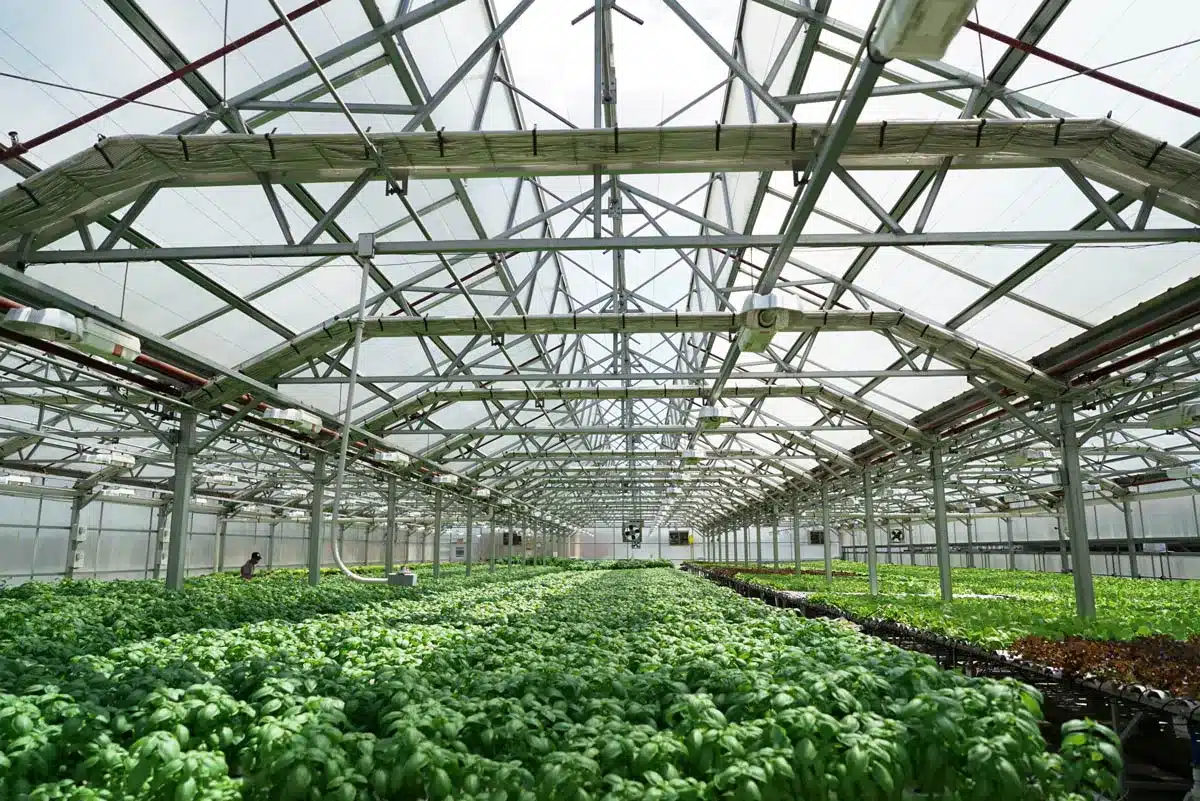State Guide: Buying Greenhouses in New York
Are you looking for greenhouses for sale in New York? Read on before making your purchase.
New York Climate Overview
Winters
Winters in New York are frigid, particularly in Upstate regions, where temperatures can plummet as low as -35°F. Annual snowfall averages around 70 inches in these areas, creating a short growing season. Coastal regions like New York City experience milder winters with occasional snow or rain, offering slightly better conditions for year-round growing.
Summers
Summers are generally hot and humid across the state, with average highs ranging between 75°F and 85°F. Heat waves are common, particularly in urban areas where the heat island effect exacerbates temperature extremes, posing challenges for plant health.
Precipitation
New York averages 42–49 inches of rainfall annually, with most areas experiencing year-round precipitation. Heavy rainfall events, increasingly frequent due to climate change, can lead to flooding and waterlogged soils, impacting outdoor crops.
Growing Zones
The state spans USDA Growing Zones 3–7, ranging from the cold, mountainous regions in the north to the more temperate areas in the south. These zones influence crop selection and dictate the length of the growing season, which can vary from 3 to 5 months.
Challenges of Growing in New York
Short Growing Seasons
New York’s cold winters and late spring frosts limit the growing season to as few as 3–5 months in many regions. These short seasons constrain crop choices and often necessitate rapid planting and harvesting cycles to maximize yield.
Heavy Snow & Ice
Upstate New York’s heavy snowfall and ice storms can damage plants, structures, and soil. Ice buildup can harm delicate crops, while the weight of snow can collapse weaker greenhouse structures, requiring growers to invest in reinforced designs.
Flood Risks
Increased precipitation and runoff from heavy rains contribute to flooding, particularly in low-lying areas. Flooding can cause root rot, soil erosion, and nutrient loss, making drainage systems and elevated planting beds essential for outdoor growing.
Coastal Storms
Southern and coastal regions, including Long Island and New York City, face strong winds and storms, especially during hurricane season. High winds can uproot plants and damage outdoor structures, necessitating sturdy greenhouse anchoring systems.

Benefits of Greenhouses in New York
- Extending the growing season to 7–10 months or enabling year-round cultivation.
- Protecting crops from frost, snow, hail, and wind damage.
- Providing a controlled environment for temperature-sensitive plants.
- Allowing growers to experiment with tropical or heat-loving crops not suited to New York’s outdoor climate.
Best Greenhouse Designs for New York

Permits & Policies for New York Greenhouses
| Local Policies | Greenhouse Requirement |
|---|---|
| Agricultural Exemptions | Greenhouses used solely for agricultural purposes may qualify for permit exemptions in rural zones. |
| Building Permits | Structures exceeding specific size thresholds require permits and engineering certifications. |
| Municipal Codes | Urban areas like NYC have stricter zoning and energy efficiency requirements for greenhouses. |
| Environmental Compliance | Projects must meet standards for water runoff, energy use, and soil erosion where applicable. |
Greenhouse Solutions for New York Farms
| Growth Challenges | Greenhouse Benefits |
|---|---|
| Short Growing Season | Extend cultivation periods to support multiple harvests annually. |
| Harsh Winters | Shield crops from snow, ice, and freezing temperatures. |
| Excess Rainfall | Prevent root rot and soil erosion by growing in controlled conditions. |
| Coastal Winds | Protect plants from damage caused by strong winds in coastal areas. |
| Market Demands | Increase production of fresh, local produce during off-peak seasons. |
Best Plants & Crops for New York Greenhouses
| Plant Type | Best Species |
|---|---|
| Vegetables | Tomatoes, cucumbers, lettuce, spinach, kale, Swiss chard |
| Fruits | Strawberries, raspberries, blueberries, dwarf citrus trees (with heating) |
| Herbs | Basil, oregano, parsley, thyme, cilantro |
| Flowers | Pansies, marigolds, petunias, chrysanthemums |
| Cold-Hardy Plants | Broccoli, cauliflower, Brussels sprouts, asparagus |
| Specialty Crops | Hydroponic lettuce, culinary mushrooms, and cannabis or hemp crops |
